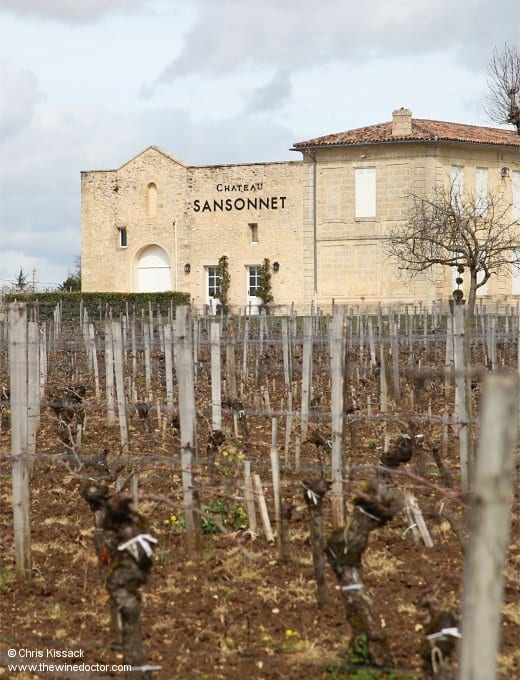Château Sansonnet
It is almost impossible to overlook Château Sansonnet. Located on one of the highest points of the appellation, it stands guard over its St Emilion neighbours, and even the town itself. With such a prominent position on the prestigious limestone plateau, we should not be surprised to learn that there has been viticulture ongoing here for several centuries. Despite its position, however, it does not seem able to present a lengthy history, its origins apparently lying in the early 19th century.
Origins
There is evidence that a country house, perhaps with an associated tower, once stood here. The inhabitant was one Marie Dupeyrat (died 1810), the widow of Élie Guadet (1758 – 1794). Élie was a magistrate who ascended to the presidency of the local criminal tribunal in 1791, before being elected to the Legislative Assembly. An influential figure in the region, he has already cropped up in my histories of Couvent des Jacobins and Château Guadet-Plaisance. He was one of the Girondins, a political faction which, although they opposed the monarchy, also resisted the seemingly inevitable spiral into full-blown revolution. Such a view was ultimately seen as royalist, and a warrant was issued for Élie’s arrest in 1793. He was discovered hiding in his father’s house in St Emilion, and was subsequently put to the guillotine in 1794, leaving his widow alone at Sansonnet.

Please log in to continue reading:
